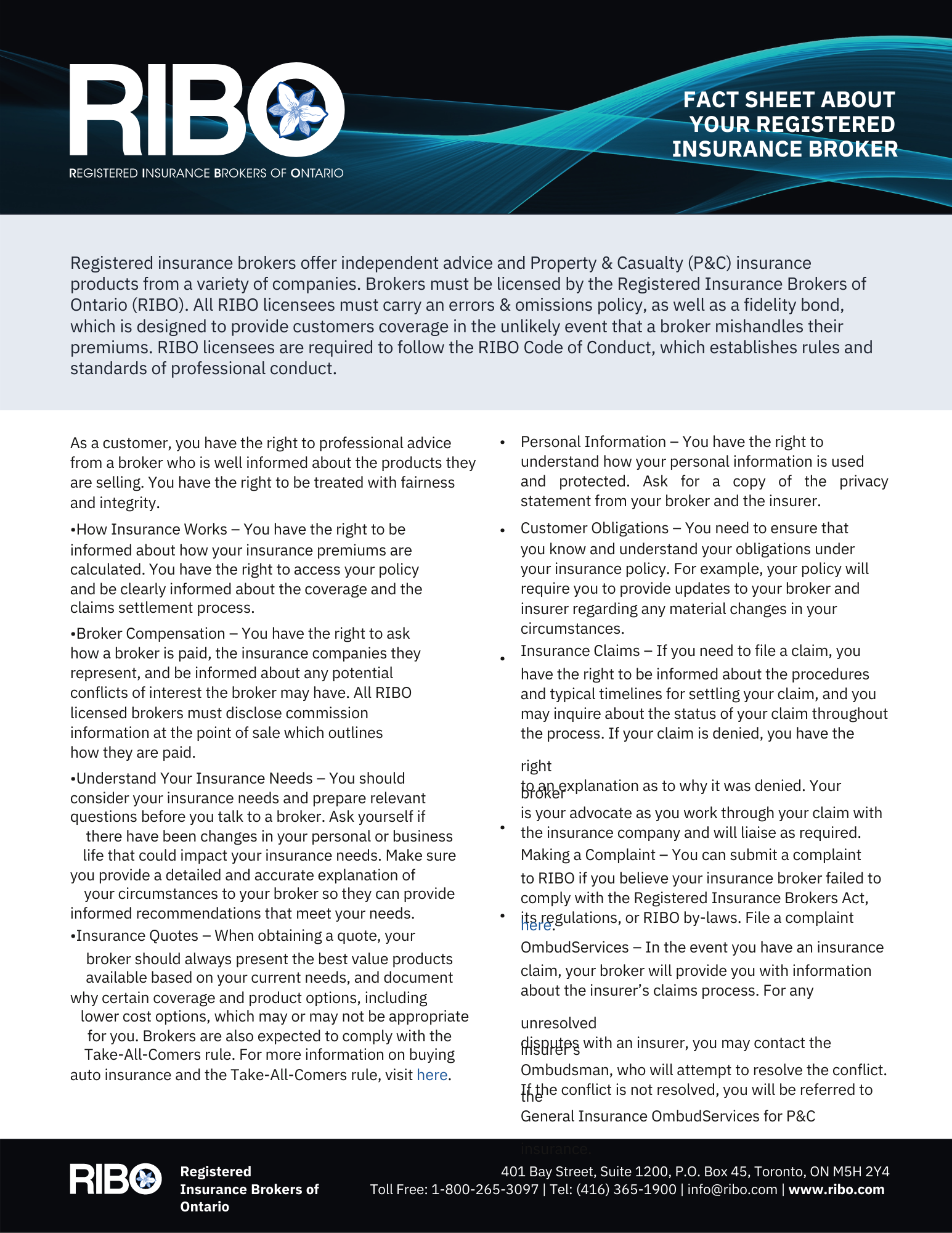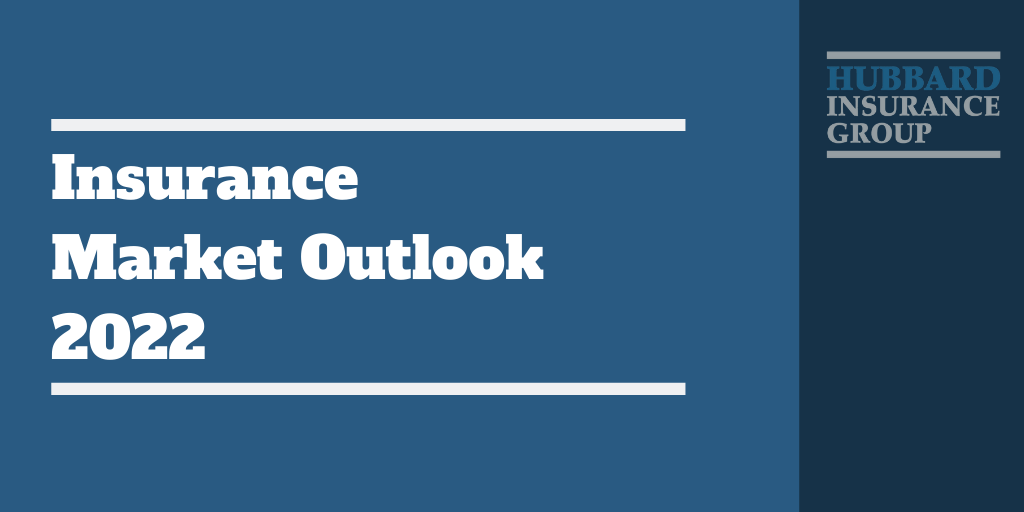.

Will Ferrell Hubbard Insurance Group Insurance Dream
In the space of two years, most offices went from 100% in-person work to 100% remote; but now many offices exist in some middle ground between the two. With hybrid work being a fairly new model to most workplaces, there’s still some ambiguity around how to best work with this new mixed set-up. Hassan Osman manages virtual teams for a living at Cisco System, and in his new book Hybrid Work Management, he shares his expertise with working in more flexible environments.
BE STRATEGIC
There’s a lot of work that needs to happen before you can create a hybrid work strategy. You’ll need to consider the requirements of each job (roles, projects, tasks, customer needs) and the requirements of each employee (flexibility, fairness, inclusion, work-life balance). It's a good idea to survey everyone to learn what their individual needs might look like. To make an equitable hybrid work plan, you’ll need to go beyond a one-size fits all solution and consider all the various exceptions that inevitably come up, since everyone’s situation is different. Osman’s book only takes about an hour to read, but a large portion is devoted to this analysis and it goes very far in-depth into various considerations you’ll want to keep in mind.
OPTIMIZING YOUR PLANS
You may need to rethink some tasks and workflows, but it can also be a great time to reassess how things are currently working. You don’t want to adapt an inefficient process to a hybrid work environment or you’ll just end up replicating its flaws. You’ll need to plan for both in-person and remote aspects of work. What work can your team best do in the office versus remotely? It’s a good idea to try to maximize the benefits of the team being together in the office—prioritizing in-person meetings and collaborative activities. Remote work is best utilized to accomplish focused individual work. You may even want to consider a meeting-free remote day once a week. Similarly, it’s a good idea to batch all your meetings that require face-to-face interaction in the same day or two. If you’re not optimizing your schedule in this way, you’re missing out on one of the biggest benefits of a hybrid model and might as well be 100% remote.
MANAGING A HYBRID TEAM
One of the biggest concerns for a hybrid team, is inadvertently creating a two-tier system between employees who are more in-person and those who are more often remote. Ideally, you the want the employee experience to be as similar as possible among all employees. Osman’s suggestion is creating a remote-first culture. This means, when developing new processes, defaulting to remote as the norm and building out from there. This requires all meetings to be held online, with everyone on camera.
An easy way to make remote workers feel more included in in-person meetings is to implement a buddy system, where an in-person worker and a remote worker instant message, to ensure the remote employee isn’t missing anything important that’s happening in the room and to help advocate for the remote worker if they’re having trouble contributing to the conversation. Something managers should keep in mind is the propinquity effect—the tendency to have an increased fondness for people you spend more time with. It’s good to be aware of this, so that it isn’t biasing your assessments between employees. Similarly, managers who are on-site tend to have more information about what the other in-person workers are doing. To compensate for this, Osman recommends frequent check-ins to both stay on top of what remote employees are doing and to make sure that they feel as supported as their colleagues.
Building an effective hybrid work model for your team is a huge undertaking that’ll entail constant revision and improvement. There are many other aspects deserving careful thought and attention—Osman’s book and his appearance on the Coaching for Leaders podcast points to many other areas you can focus on. Some of this may feel a little like reinventing the wheel, but a successful hybrid team needs the same thing as any team using any model—a good leader. And if you’ve read this far, they’ve got that and that’s a great start.
Source: IBAO/The Ontario Broker Volume 22 Issue 2

The Canadian property & casualty (P&C) insurance market remains in what is termed a ‘hard market’ environment, challenging for us and clients alike. In fact, in over 30 years in the business, I’ve have never seen a market cycle like it.
Rate momentum in many sectors seems to be stabilizing, some capacity re-entering the market, and the insurance companies finally appear to be coming to grips with their own risk appetites and aversions.
We saw tremendous rate pressure through 2020 and 2021. With increased claims costs, ‘extreme’ weather events water damage in general has caused prolonged and significant pressure in most types of insurance. Early on in 2022 we’ve seen some slowing trends of that upward rate pressure in many sectors of insurance – certainly not any reductions at this point – but the increases are not nearly as punitive.
Directors & Officers (D&O) and Cyber Liability are two lines of insurance that remain in a very hard position rate increase wise.
For D&O, insures are still very much concerned that this line of insurance will be hit hard by claims in the wake of the pandemic. I’m not entirely sure that we see it that way, especially in Canada, but D&O is certainly impacted by global happenings and there are plenty of class action lawsuits in their early days and reportedly more on the horizon.
On the Cyber coverage side of things, insures have been hit hard and often with claims in the past 12-18 months especially. Ransomware claims, coupled with a general lack of sufficient cyber security controls, has led to rapid hardening in the cyber insurance market, with widespread rate increases, a reduction of capacity, and major shifts in underwriting and risk appetite.
Capacity is still an issue as insures remain careful what policies they write, but nowhere near as dire as 2020-21, while self-insured retentions and deductibles continue to increase. We think that the amount of consolidation of insurers has contributed to this as well.
Large commercial risks, construction, transportation and umbrella/excess liability still face the ‘hard insurance’ environment in this regard.
There is a bit of a ‘wild card’ or unknown out there and that the trend of reduced auto and business claims during COVID related shutdowns, which are starting to reverse. If that pushes claim payouts and losses in general back to pre-pandemic levels, then there will be a negative impact on the industry – one that could jeopardize some of the ‘good’ news above.
Our principal focus remains to advise our clients on the best road forward in regard to their insurance programme.
Questions? Touch base with one of our advisors or simply email us.
Thank you for your confidence in our office; it is not something we take lightly. We know you have a choice of where to secure insurance.
John Hubbard - President

Those who have their fingers on the insurance pulse will know that the insurance industry as a whole has been locked in a hard market for quite some time – something we have discussed before. However, within the insurance industry, it must be said that the case of the Transportation Insurance industry is particularly fascinating.
According to Burns & Wilcox, “the Transportation Insurance industry remains entrenched in a decade-long hard market in the commercial auto segment while insurance companies remain as diligent as ever in their risk selection procedures.”
As with all hard markets, this means that insurance rates have continuously risen; though there is some positive news in that there is now some moderation in increases compared to previous years.
Why, then, is this happening? Here we will explain some of the pressures on the market as well as the role data can play in stabilizing the industry going forward.
As is the case everywhere, Covid-19 has had a significant effect. Whilst the market remains competitive for companies whose commercial trucks do not cross the US-Canada border; the story is entirely different for those that do.
Large claims – particularly in the US – have caused many Canadian transportation companies to abandon the market entirely. These claims have also had a strong effect on underwriting as it continues to tighten.
Adding onto the claims and strict underwriting are the facts that Amazon pop-up fleets have become abundant and that there is a driver shortage – all coming together to create an increasingly difficult market to operate in.
However, experts suggest that the areas of economy damaged by the pandemic have improved in 2021 and will continue to improve in 2022.
As mentioned above, large claims against commercial transportation companies have played a significant role in the hardening of the market. “According to one study, the average nuclear verdict against a commercial transportation client rose from $2.3 million in 2010 to $22.3 million, a stunning 1,000 percent increase.” (Burns & Wilcox)
Companies that were able to find limits of up to $20 million as recently as 2019 are finding it nearly impossible to get even half those limits today – which is a clear representation of where the market is.
According to experts, until there is reform and legislation to limit nuclear verdicts, things are unlikely to change in this regard.
The Transportation Industry is at a crossroads – the average age of a commercial truck driver is 55 and the grueling demands that come with the job alongside an increasing number of federal regulations mean that the profession is currently undesirable for younger drivers.
In order to fix this shortage, it is clear that the profession must be made more accessible and desirable for younger drivers; something that can be achieved through legislation and change in regulations. Currently, there are a few pieces of legislative reform on the table in both the US and Canada – and if these reforms come to pass, the Transportation Industry may be revitalised.
Modern trucks are filled to the brim with technology and telematic features – either installed by OEMs or available as aftermarket add-ons. In fact, they have become so advanced that they are now a major target for cyber criminals.
These technologies – which include onboard cameras, recorders, devices measuring speed, and devices monitoring drivers – allow underwriters to better assess risk and support with research on claims. More importantly, they can also help improved driver safety and performance.
Insurance companies then work with external data aggregators in order to build accurate risk portfolios so that they can better gauge which risks are deemed acceptable and unacceptable. Though this process can be frustrating and difficult for clients to follow, the goal is to find ways for clients to mitigate risk and become more insurable in a market where that is increasingly challenging.
In conclusion, while it is hard to know when the hard market will stabilize due to the aforementioned factors, the increasing availability of technology and a better understanding of data & analytics will help paint a much clearer picture of risk across the board.
At Hubbard Insurance Group, we can find solutions to your issues by using our team of experts and their excellent connections in order to help ensure the long-term safety of your business. Contact us today by emailing us at
Source: Burns & Wilcox